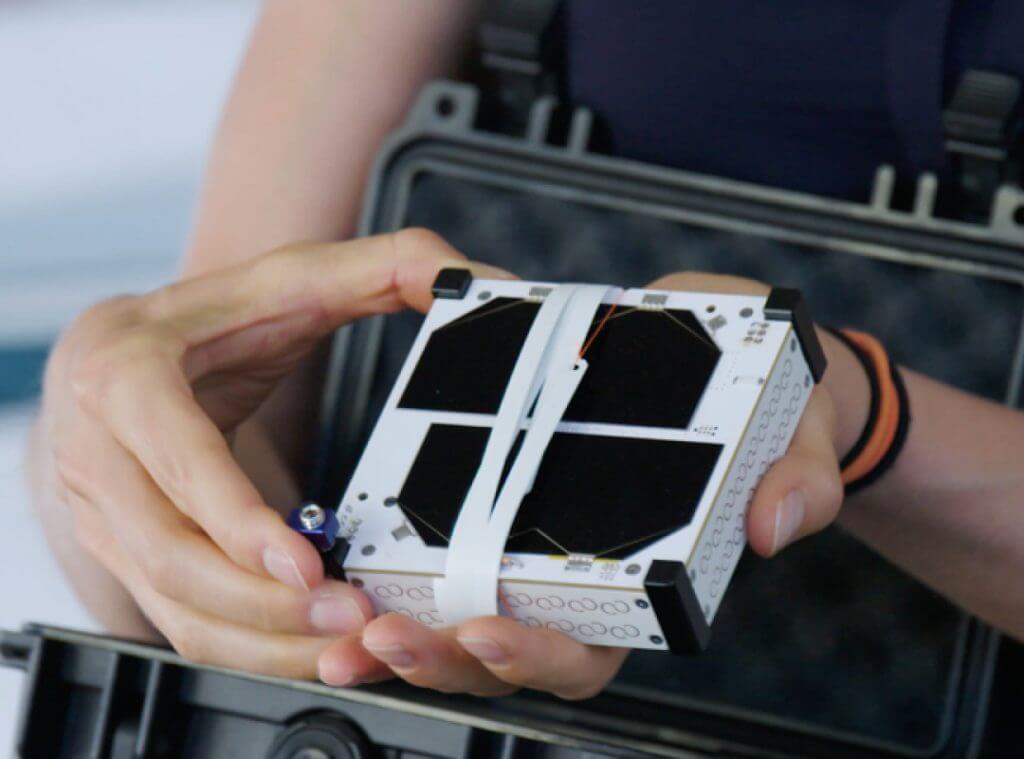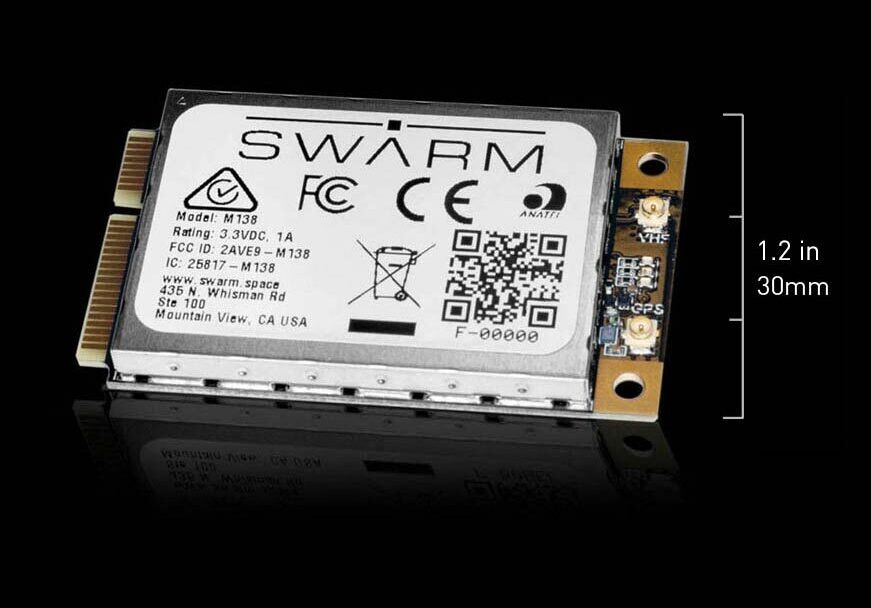
Introducing Swarm: The World’s Lowest-Cost Global Communications Network
September 1, 2020
Swarm has created the world’s smallest two-way communication satellites to enable low-cost, space-based connectivity anywhere in the world.
Swarm was born out of our obsession with a long-standing problem: connectivity is prohibitively expensive and not universally accessible.
The need for connectivity has never been greater. It’s a problem that affects rural areas and developing countries most, further widening gaps in economic opportunity: billions of people around the world still lack basic Internet access. Meanwhile, sensor technologies and data analytics also continue to advance, with an explosion of Internet-connected devices in precision agriculture, container tracking, and connected vehicles requiring communications infrastructure. But even with 30 billion IoT devices expected to be deployed by 2020 that will require Internet access, until now there has been no affordable connectivity solution that exists on a global scale.
Existing communications satellites haven’t changed significantly in price, size, or functionality for decades. In less than a year after closing our Seed funding round, our team invented a new satellite stabilization scheme and built and launched four operational satellites into Low Earth Orbit. Our satellite design doesn’t require the large, heavy, and power-hungry components common in conventional satellites. The small size and low mass of our satellites also makes them inexpensive to launch, providing unique economics for the deployment of our network. Swarm’s future constellation will solve the problem of low-cost connectivity at a global scale far faster than any other provider, and at a fraction of the price.
Swarm is fully committed to complying with all regulations and has been working closely with the FCC. We recently were granted a Special Temporary Authority (STA) from the FCC to conduct GPS performance testing with our satellites currently on orbit.
Swarm’s four 1/4U satellites on orbit are 100% trackable via the Space Surveillance Network (SSN) operated by NORAD and independent tracking groups; see live LeoLabs tracking services here. On-orbit measurements as well as measurements taken in a government laboratory show that Swarm’s 1/4U satellites have a radar signature as bright as that of conventional CubeSats. This is due to a state-of-the-art radar retro-reflector technology onboard our satellites, which was developed by a US-Navy research and development lab, Space and Naval Warfare Systems Center, Pacific (SSC Pacific). A special 1/4U version of the SSC Pacific retroreflectors were developed under a Cooperative Research and Development Agreement (CRADA) with SSC Pacific.
We’ve had the opportunity to partner with dozens of amazing companies ranging from early-stage startups to Fortune 100 enterprises, successfully completing pilot tests in agriculture, maritime, ground transportation, and text messaging services. We’re particularly excited to announce our partnership with SweetSense, a global development technology company monitoring the function of water pumps in East Africa, where Swarm’s low-cost devices will help ensure uninterrupted access to clean drinking water.

It’s been an unbelievably challenging and rewarding experience growing Swarm so far. We’re grateful to have the support of several government agencies, the National Science Foundation, our investors, our partners, and, most importantly, our customers. We can’t wait to continue working towards our vision of providing affordable data services to every device and person on the planet.
I’m proud to work every day with an incredibly bright, ambitious, and focused team. We have exciting challenges ahead and are actively looking for talented new teammates who share our passion for reshaping global connectivity. If you’re excited about the future of space communications, please consider joining us.


